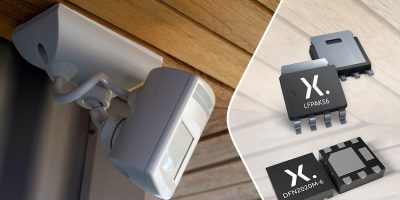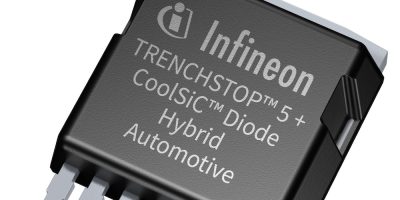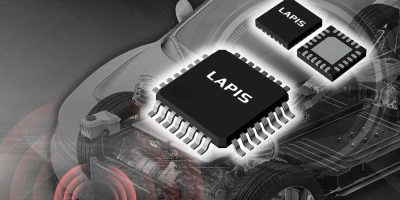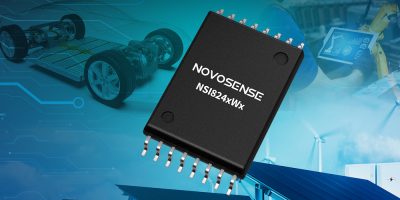Nexperia bringing its product innovations to APEC and has announced the release of several new MOSFETs to further broaden its range of discrete switching solutions for use in various applications across multiple end markets. This release includes 100 V application specific MOSFETs (ASFETs) for PoE, eFuse and relay replacement in 60% smaller DFN2020 packaging, and 40 V NextPowerS3 MOSFETs with improved electromagnetic compatibility (EMC) performance.
PoE switches typically have up to 48 ports, each requiring 2 MOSFETs for protection. With up to 96 MOSFETs on a single PCB, any reduction in device footprint is attractive. For this reason, Nexperia has released 100 V PoE ASFETs in 2 mm x 2 mm DFN2020 packaging which occupies 60% less space than previous versions in LFPAK33 packaging. A critical function of these devices is to protect PoE ports by limiting inrush currents while safely managing fault conditions. To manage this scenario, Nexperia has enhanced the safe operating area (SOA) of these devices by up to 3x with only a minimal increase in RDS(on). These ASFETs are also suitable for battery management, Wi-Fi hotspot, 5G picocell and CCTV applications and can serve as replacements for mechanical relays in smart thermostats, for example.
EMC-related issues caused by MOSFET switching usually only emerge late in the product development life cycle and resolving them can incur additional R&D costs and delay market release. Typical solutions include using significantly more expensive MOSFETs with lower RDS(on) (to slow down switching and absorb excessive voltage ringing) or to fit an external capacitive snubber circuit but this approach has the disadvantage of increasing component count. Nexperia has optimised its 40 V NextPowerS3 MOSFETs to offer similar EMC performance as that which can be achieved using an external snubber circuit, while also offering higher efficiency. These MOSFETs are suitable for use in switching converters and motor controllers across various applications and are available in LFPAK56 packaging.
To learn more about Nexperia’s PoE ASFETs visit: https://nexperia.com/asfets-for-poe
To learn more about Nexperia’s NextPowerS3 MOSFETs visit: https://nexperia.com/nextpowers3







